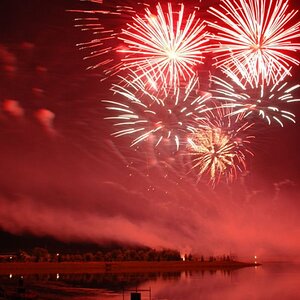00digitalsniper
TPF Noob!
- Joined
- Feb 25, 2015
- Messages
- 8
- Reaction score
- 3
- Location
- Edmonton
- Can others edit my Photos
- Photos NOT OK to edit
I would like some tips to improve my photos.
some of the things I cant do...
use a flash
use a tripod
I am usually off stage and in low light outdoor evening events where the sun is setting fast. I would like to improve on what seems to be a fog on my images. I can remove it in post, but truthfully I am not a post type person, I love to shoot but hate to process. I do have some image blur on occasion but that is all due to me, I would also like any tips to improve this.
I shoot on M and with auto ISO for the most part due to the quick light changes in the sky and on stage and use spot metering. these are not full time settings but what I seem to use most often.
I have a D6 and a T5i I use the 24-70 and the 70-200 f2.8 lenses both with polarizing filters.
thanks for any advice you can give.
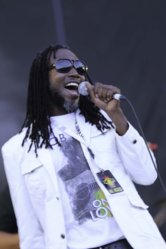
hope I didn't shrink the size to much...
some of the things I cant do...
use a flash
use a tripod
I am usually off stage and in low light outdoor evening events where the sun is setting fast. I would like to improve on what seems to be a fog on my images. I can remove it in post, but truthfully I am not a post type person, I love to shoot but hate to process. I do have some image blur on occasion but that is all due to me, I would also like any tips to improve this.
I shoot on M and with auto ISO for the most part due to the quick light changes in the sky and on stage and use spot metering. these are not full time settings but what I seem to use most often.
I have a D6 and a T5i I use the 24-70 and the 70-200 f2.8 lenses both with polarizing filters.
thanks for any advice you can give.

hope I didn't shrink the size to much...
Last edited:


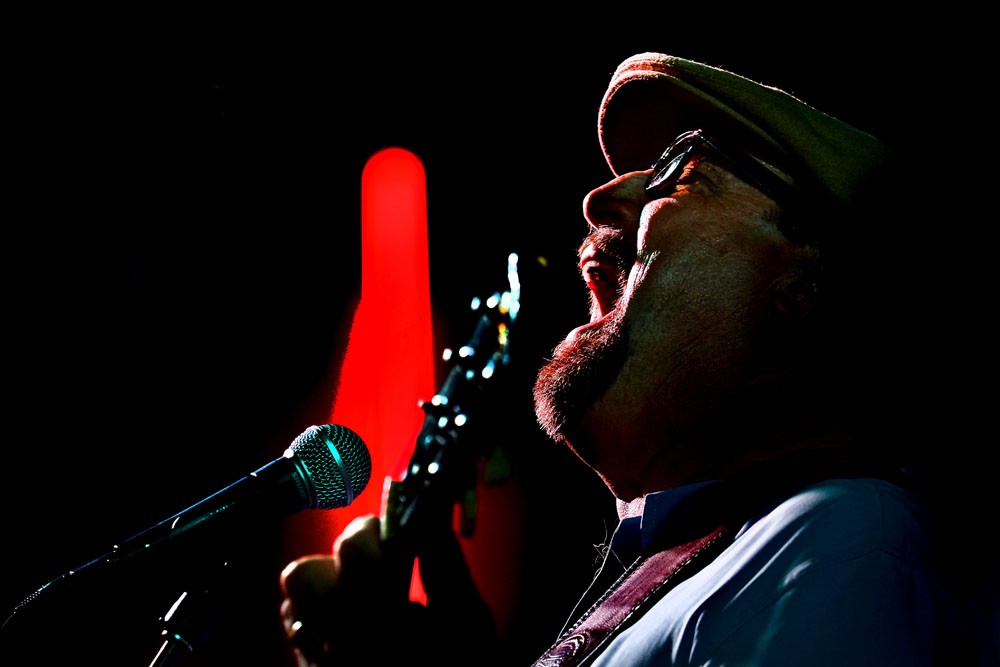
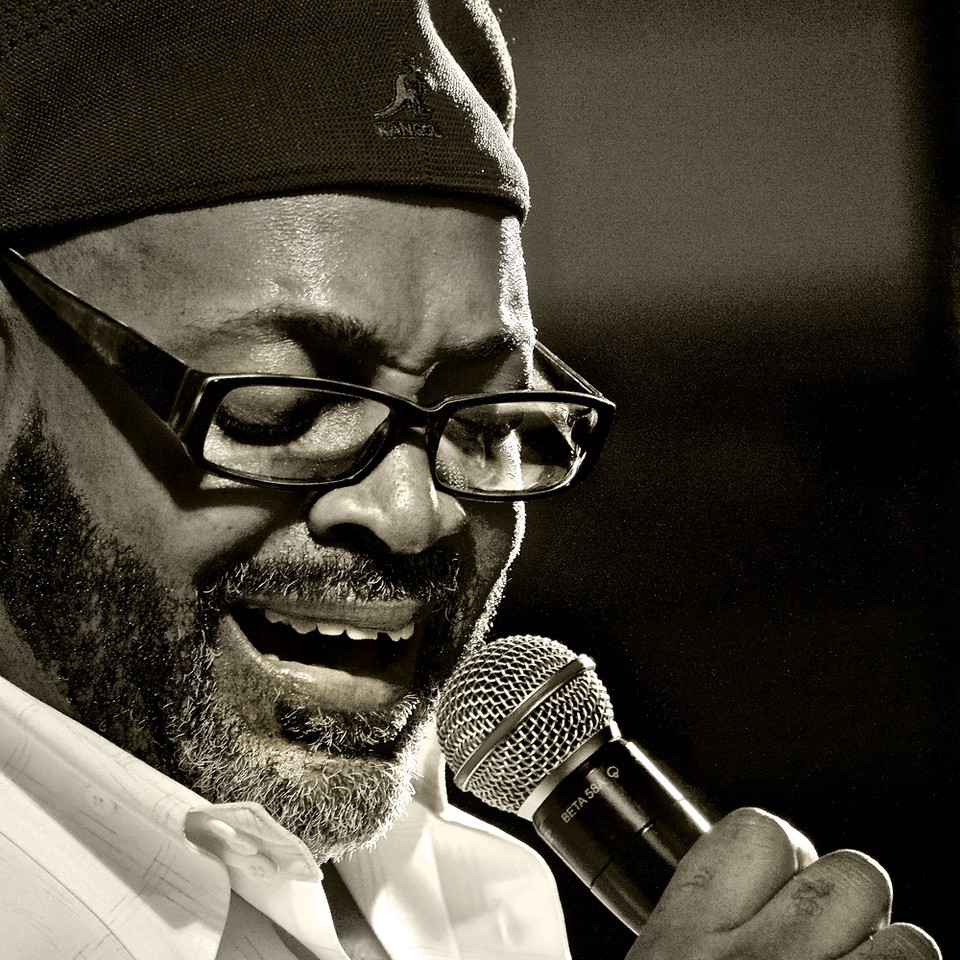
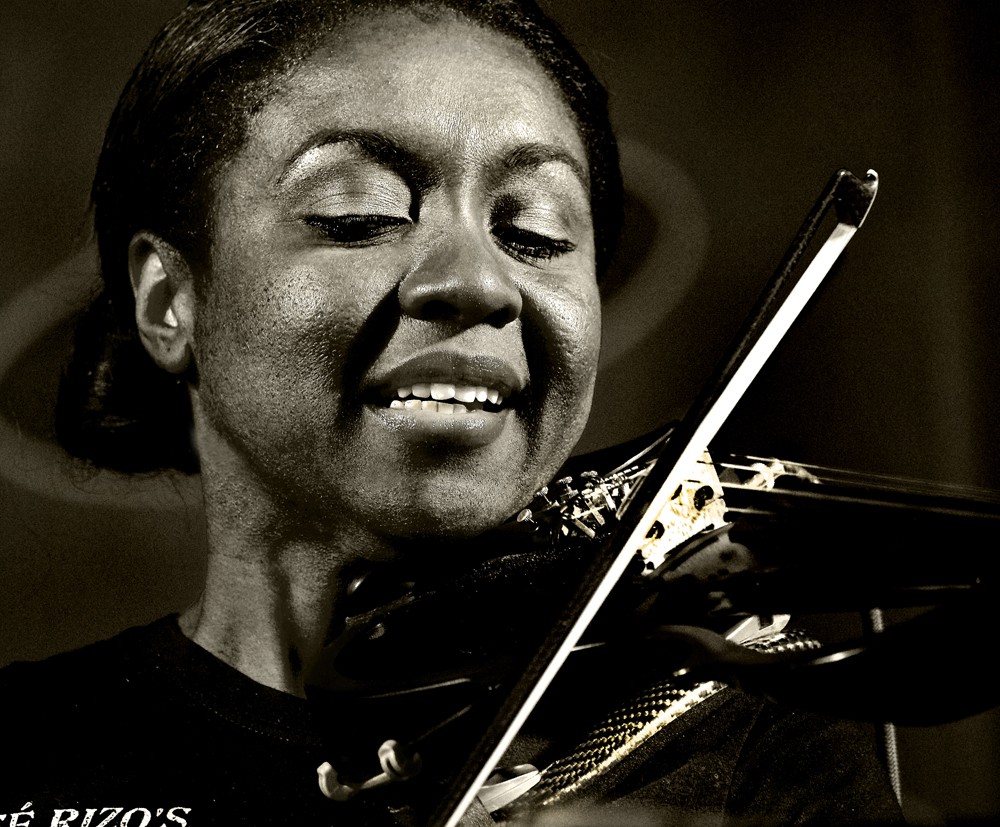
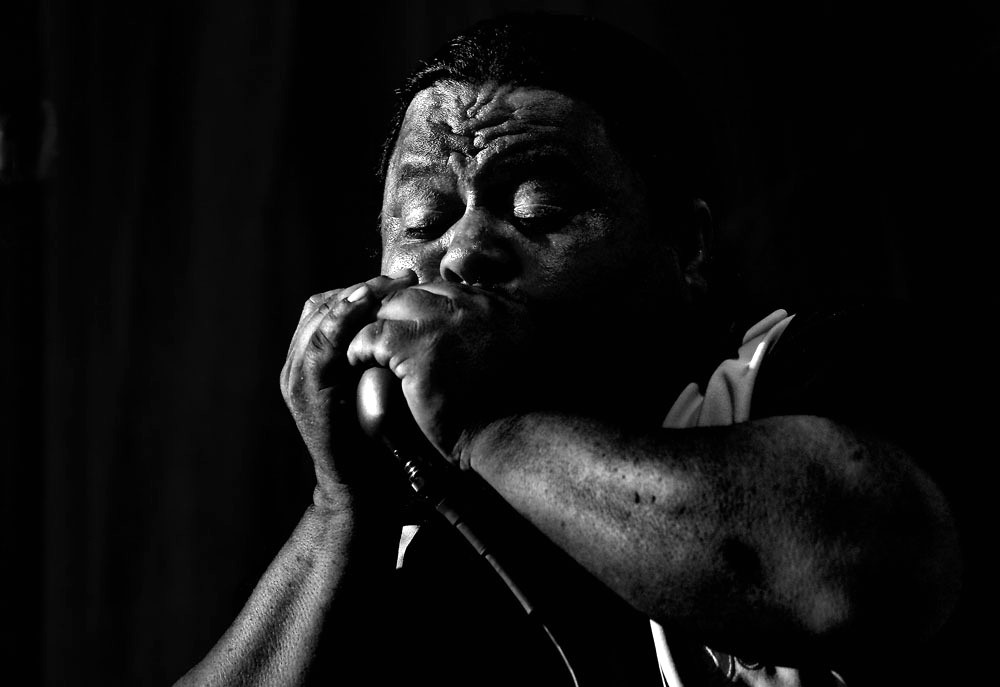
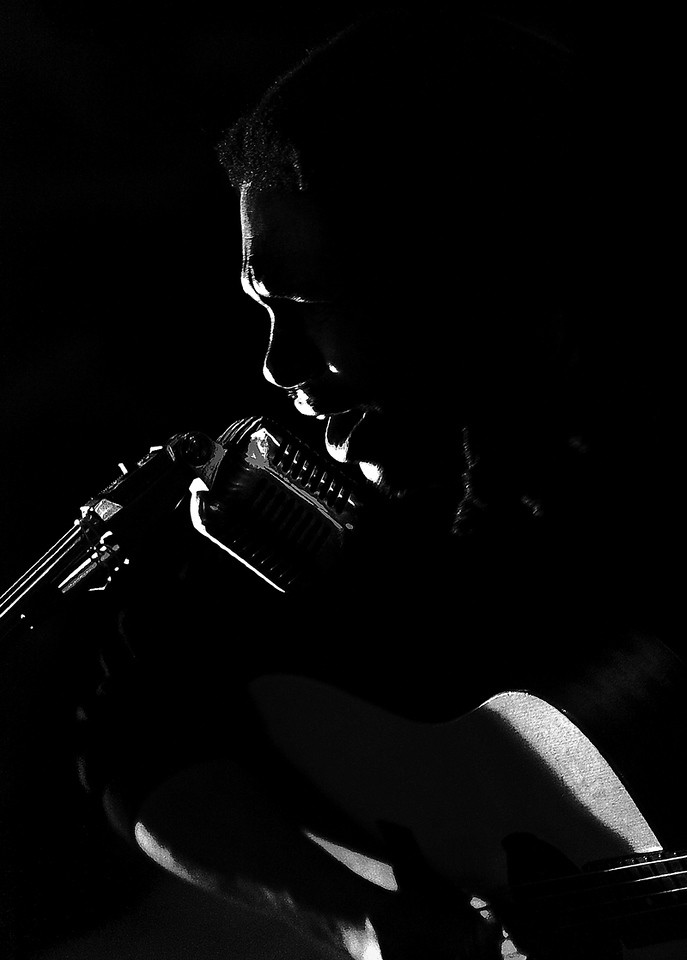
![[No title]](/data/xfmg/thumbnail/37/37640-803bb25a4f46642289fe136733ddfbde.jpg?1619738159)
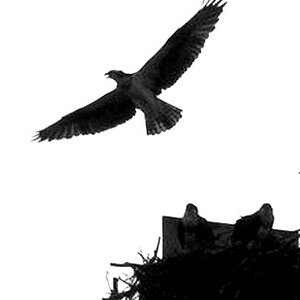
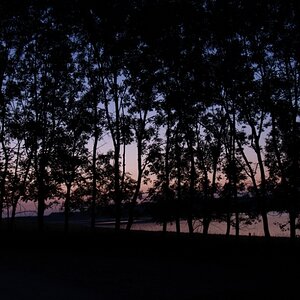
![[No title]](/data/xfmg/thumbnail/30/30865-3dc03385b0036f80524b0636d0d56f07.jpg?1619734484)
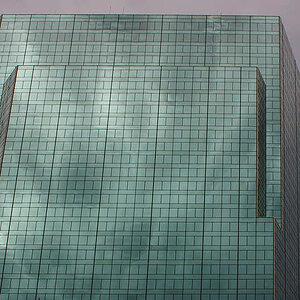
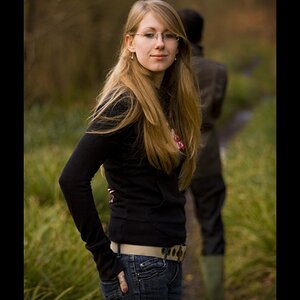
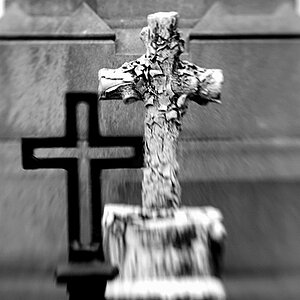
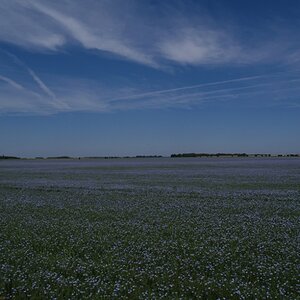
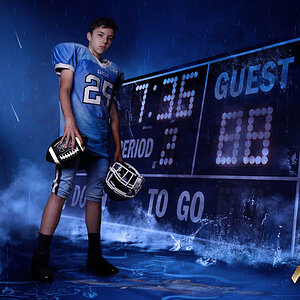
![[No title]](/data/xfmg/thumbnail/35/35213-19b5e1596f756d523bfde9446f21ca8a.jpg?1619736951)
![[No title]](/data/xfmg/thumbnail/30/30867-a58aa3d7c15d0b48498a201af3a68a8f.jpg?1619734485)
